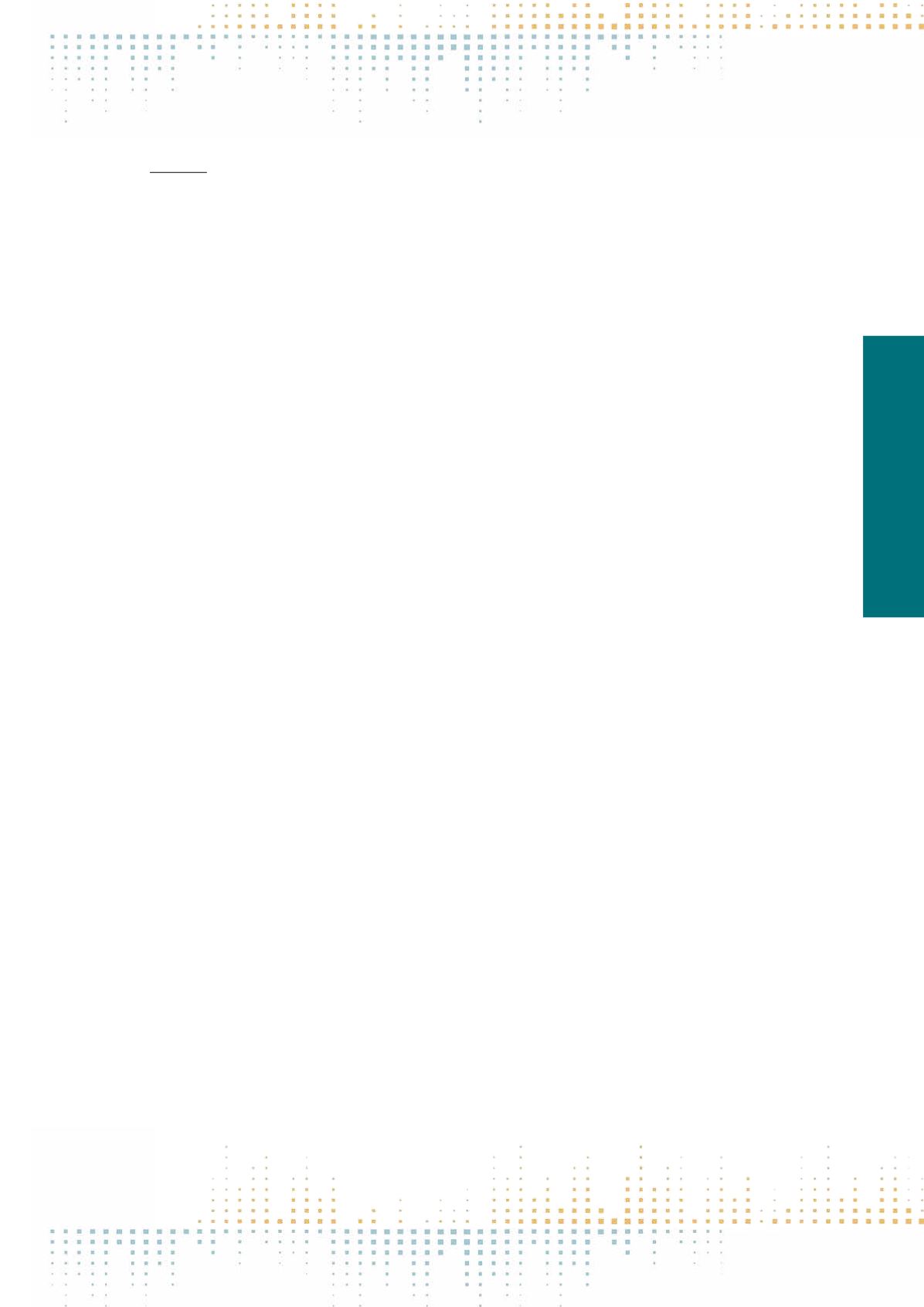

173
Friday, November 11
0 9 : 0 0 – 1 0 : 3 0
PP 345
Country of Origin Reversed: Spill-Over Effects of Corporate Crises on Home Country's Image
D. Ingenhoff
1
, A. Buhmann
2
, T. Zhang
3
, C. White
4
, S. Kiousis
3
1
University of Fribourg, DCM Dept. of Communication and Media Research, Fribourg, Switzerland
2
Norwegian Business School, Oslo, Norway
3
University of Florida, Gainesville, USA
4
University of Tennessee, Knoxville, USA
Based on an approach to analyzing variations in how people construct associations between different social entities (Meyer & Jepperson, 2000; Yzerbyt,
Judd & Corneille, 2004), we examine in this study how crises of large internationally- known organizations may become a reputational threat to their home
country’s image. An organization’s association with their home country can vary greatly, leading to varying effects in processes of crisis attribution. We call
this phenomenon mediated entitativity, as it resembles the construction of association between the entity, namely the organization in the current study,
and the country through the mediated communication. We propose that the degree of media-constructed associations (between a country and an orga‑
nization) in crisis reporting on a preventable crisis of an organization as a sub-country entity determines the likelihood of a country being associated with
a crisis caused by one of its sub-country entities (H1). Because these processes may differ in different cultural contexts, it has been argued that collectivism
and individualism, as two distinct cultural clusters, cultivate fundamentally different models of constructing collective action and responsibility. Therefore,
we propose that the individualism-collectivism dimension moderates the effect of mediated entitativity in crisis reporting on perceived entitativity (H4)
(Kashima et al., 2005; Morris, Menon & Ames, 2001). Moreover, we hypothesize that country image moderates the influence of perceived entitativity in crisis
reporting as a potential buffer. The more negative the country image, the stronger the influence of perceived entitativity on crisis effects for the country
(H3). Based on research on organizational crises (Coombs and Holladay, 2006; Coombs 2004), we further propose that this attribution strongly influences
the severity of crisis effects, namely the attribution of crisis responsibility as well as the impact on country reputation (H2) (Crawford et al., 2002; Pickett,
2001). Method and results: Our approach comprises two interlinked studies: we first measured the pre-crisis country image via online-survey with young
academics, and some days later (to prevent priming effects) we conducted an experiment with the same participants on the effect of media-constructed
entitativity in crisis reporting on crisis effects in two different industries. As a proxy for cultural-level differences in the perception of crises and crisis effects,
we conducted the studies in countries belonging to different cultural clusters: USA (individualism) and China (collectivism). In order to analyze the influence
of the independent variable of media-constructed entitativity (high vs. low) and corporation type, the stimuli were prepared in 2x2 versions of fictional crisis
news reports that differed in their degree of medially constructed entitativity between the corporation (sub-country entity) and USA/China as a whole. To
compare statistical variance between the experimental groups, the data is being analyzed by ANOVA. Data collection was finalized at the end of January
2016, analyses are currently in progress, showing strong evidence to support the proposed spillover effects of H1 and H2, the buffer effect of H3, and dif‑
ferences with respect to culture as proposed in H4.



















